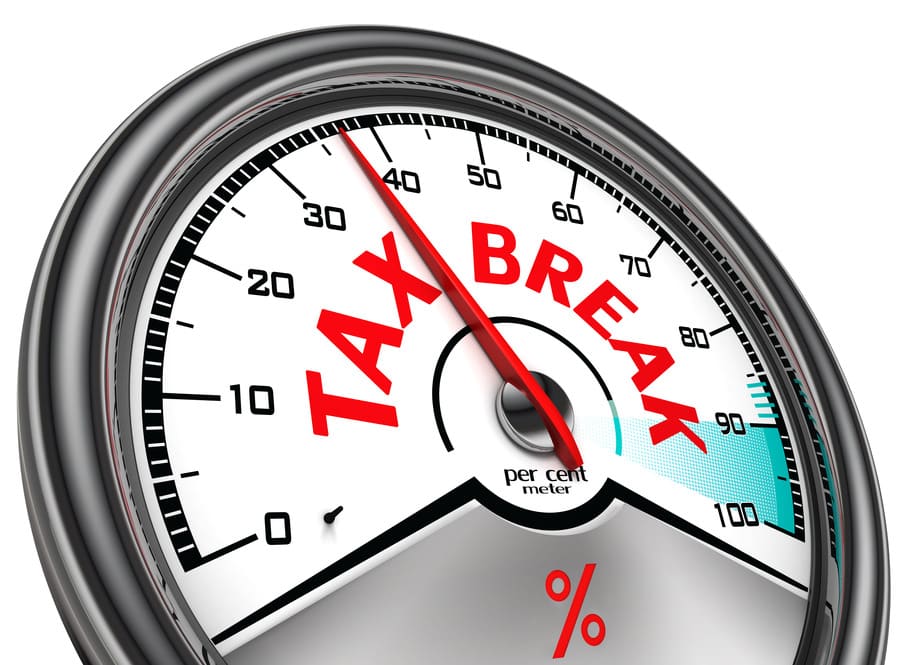7 Big Tax Breaks Homeowners May Not Know About
It’s true that the US tax code is indeed intimidating and because of that, many Americans don’t really want to dig through IRS forms and receipts each spring. The good news is that if you’re the proud owner of a home, then you can take advantage of many deductions that can save you a lot […]
7 Big Tax Breaks Homeowners May Not Know About Read More »

